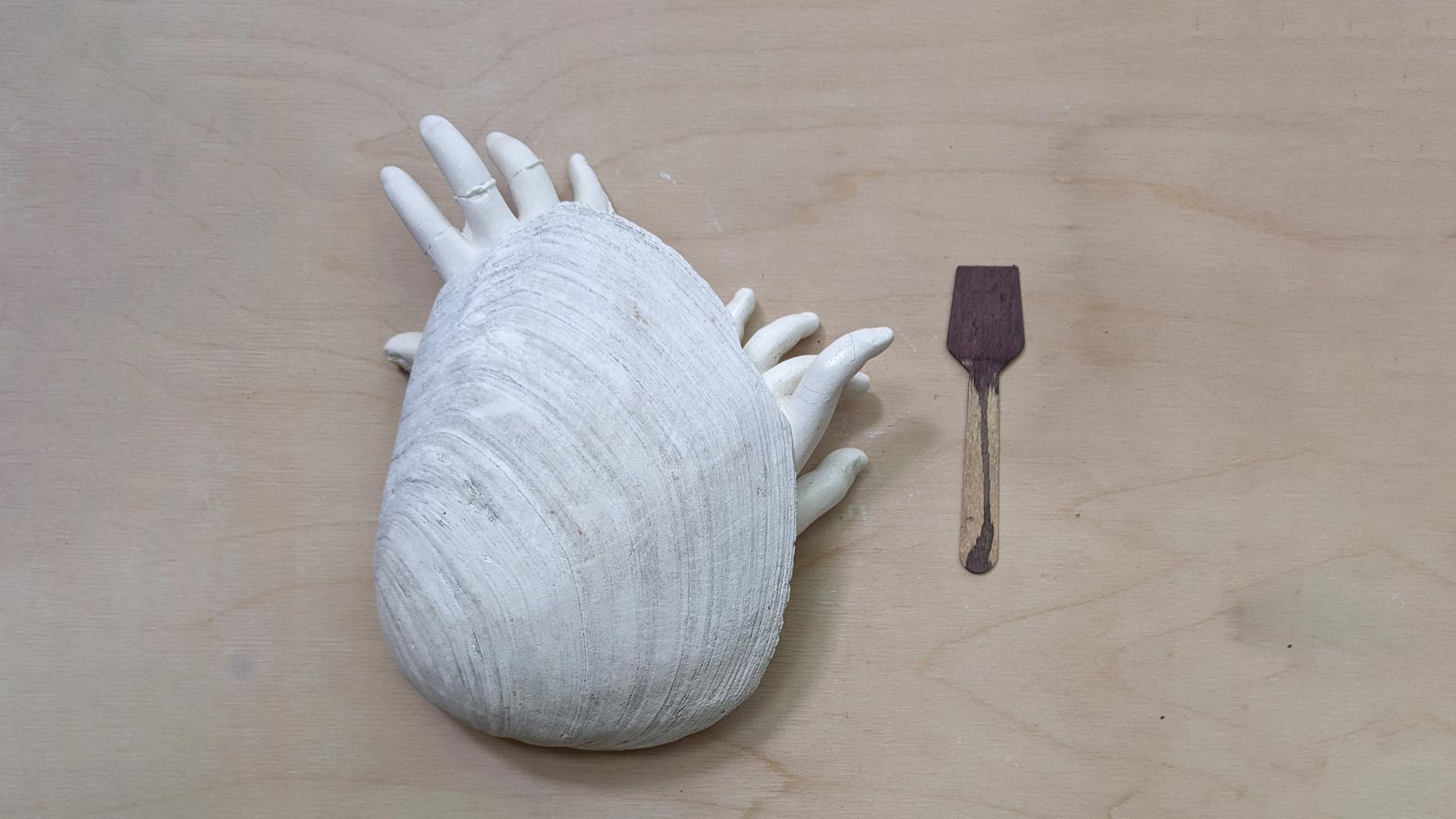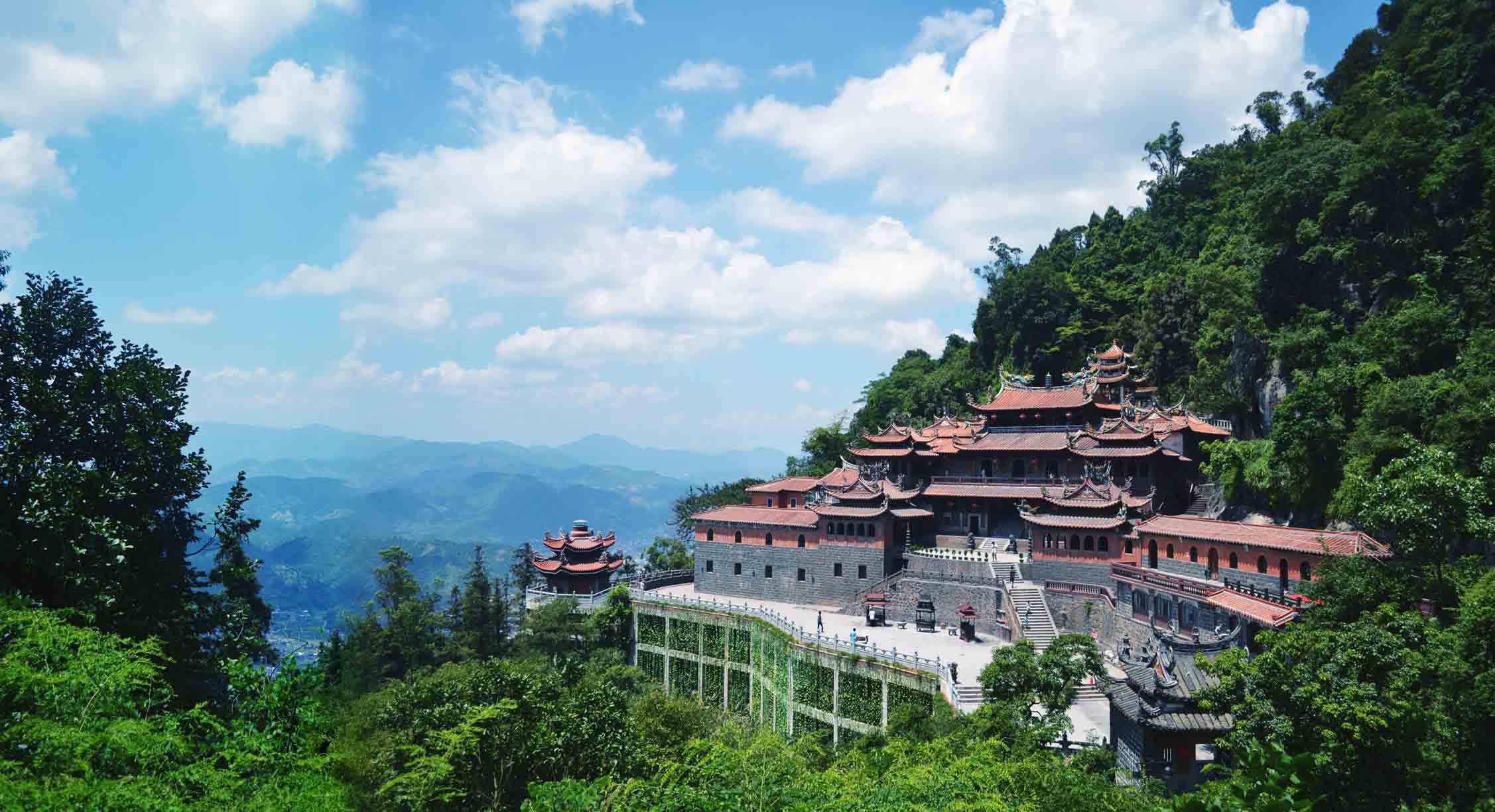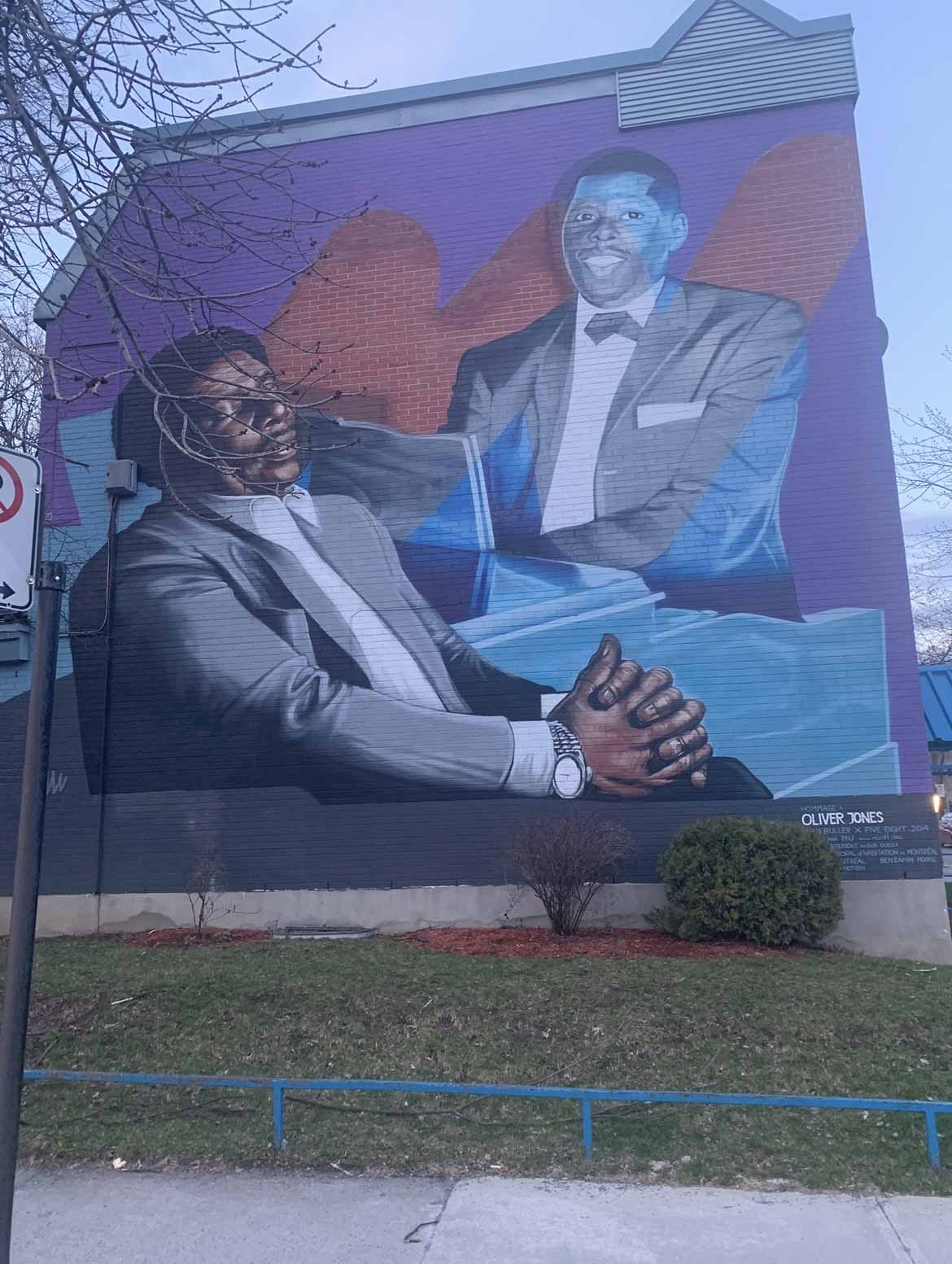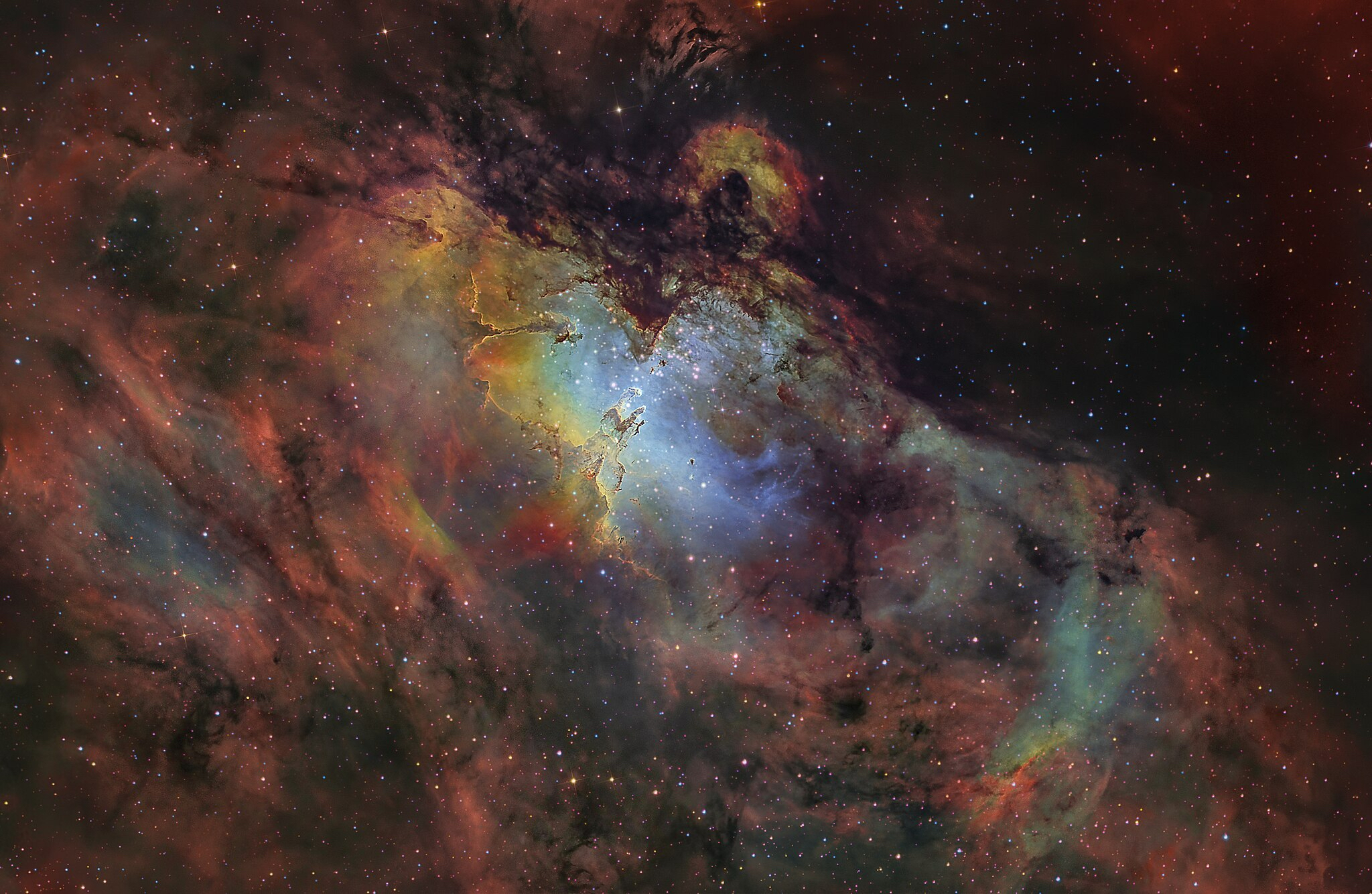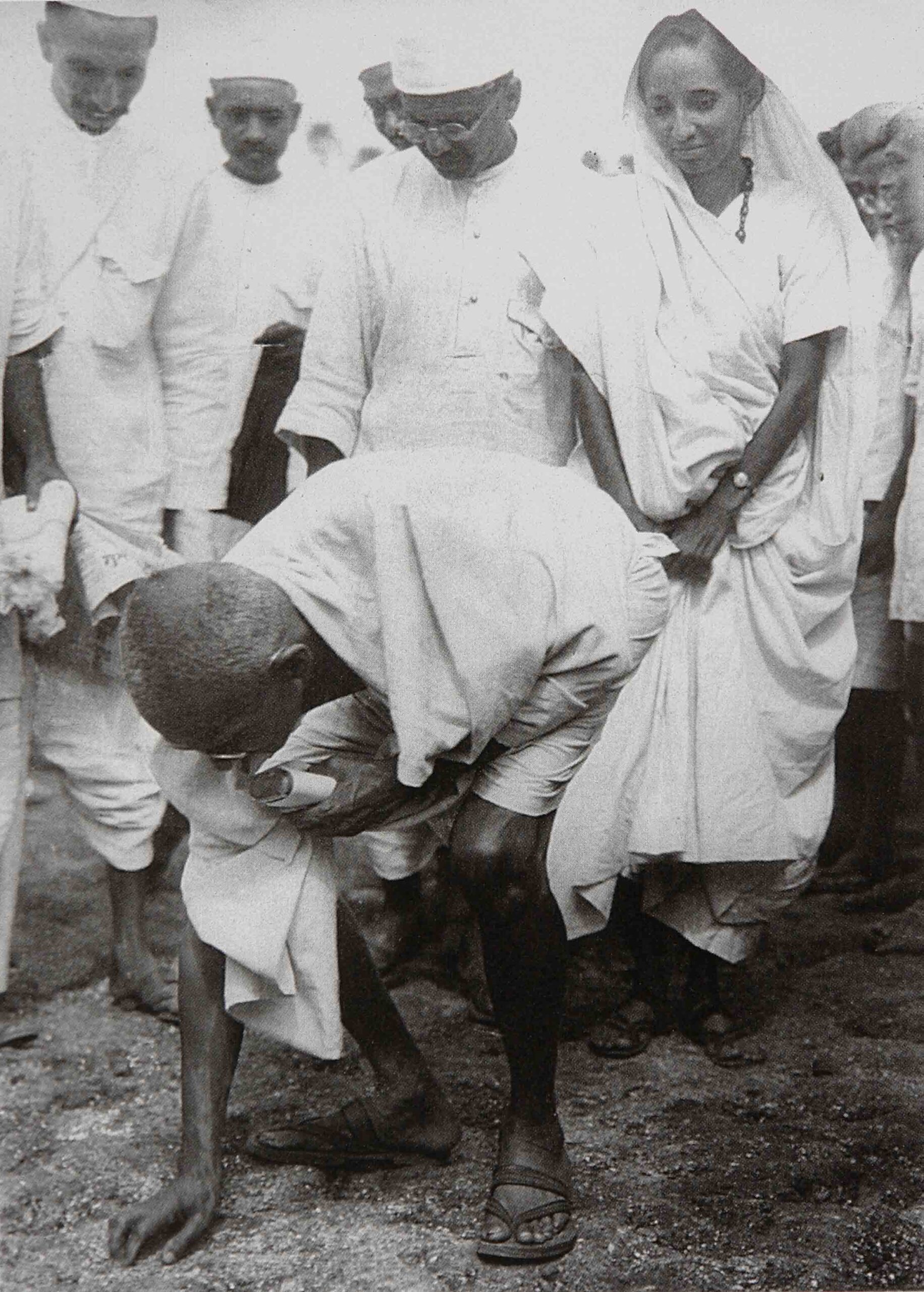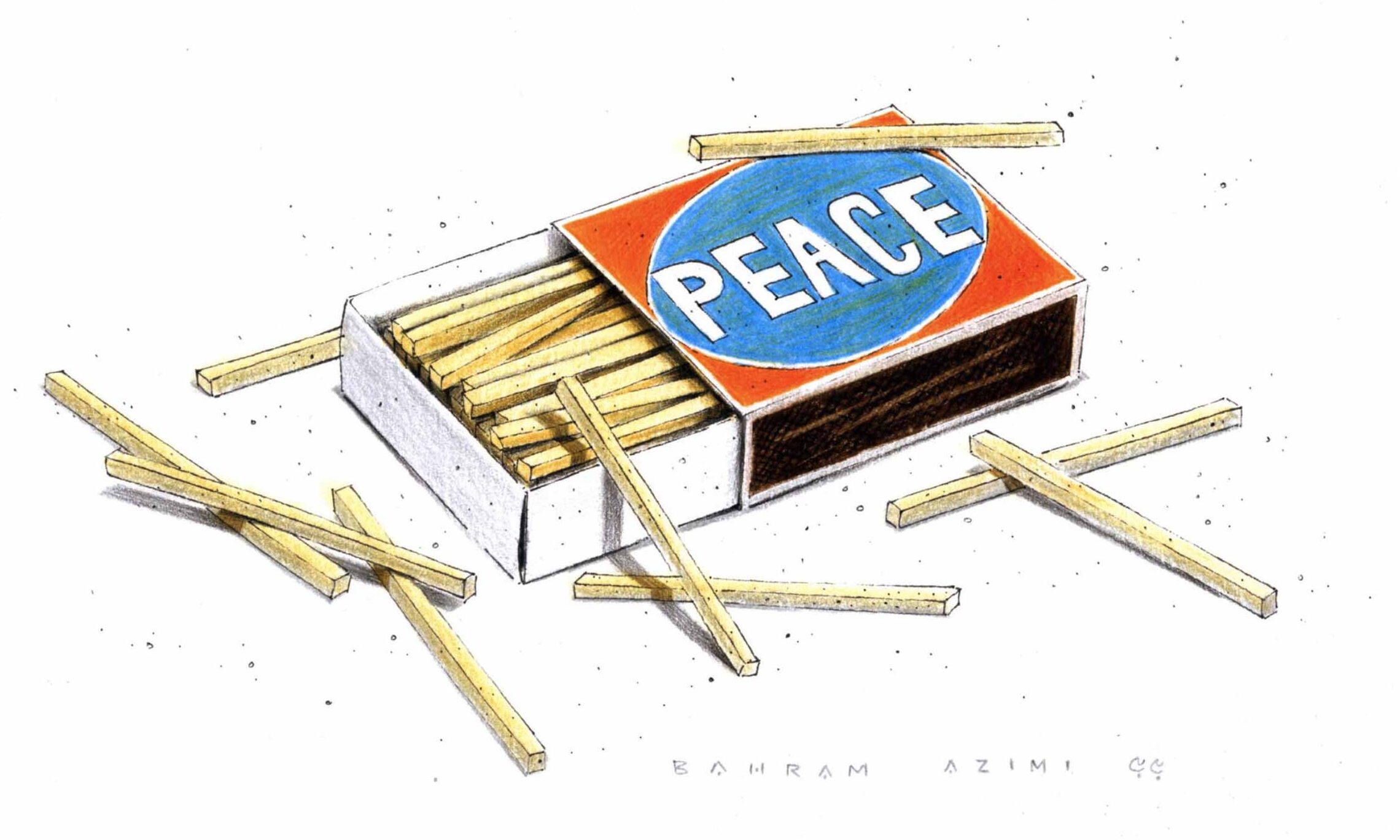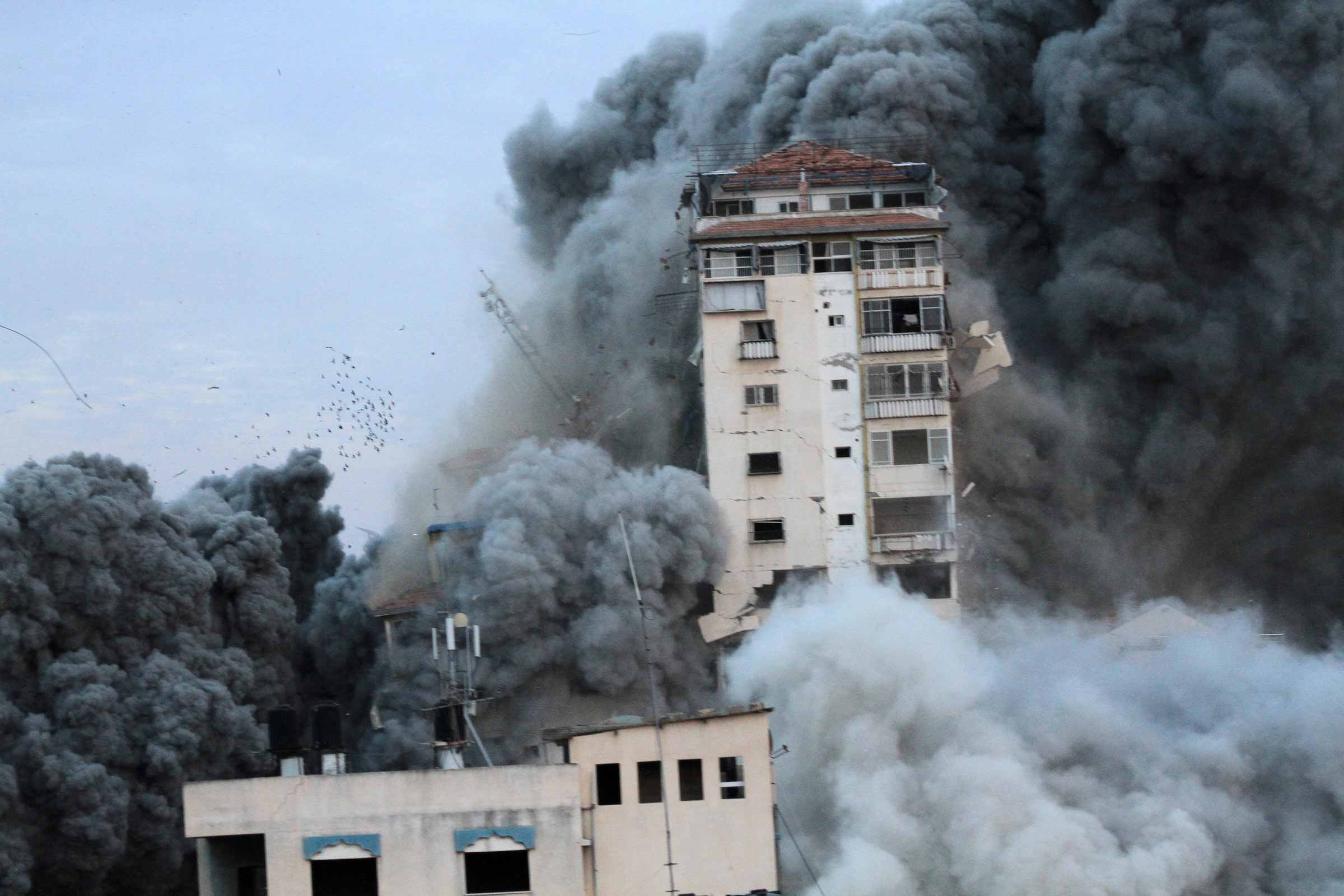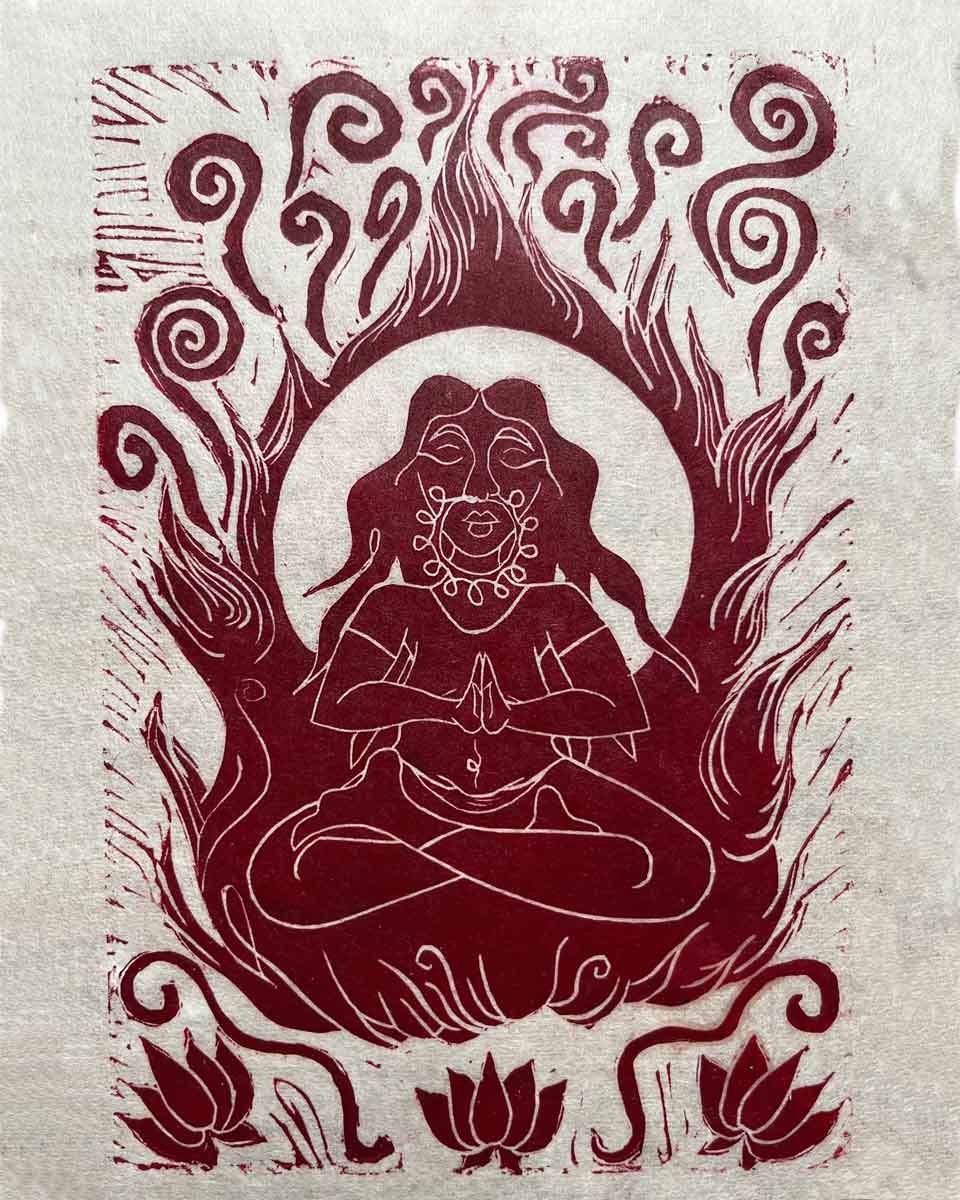Chilloo
From the tip of his nose, all the way down to the tips of his toes,
Chilloo is unconditional love,
The love of a firstborn for his mother.
Surjit is beautiful, like a Bollywood movie star,
A heroine from the silver screen,
Nargis, in Mother India.
Her face is fragrant with kajal, powder, and cream, her lips the deepest pink.
Her wedding bracelets jingle-jangle as she claps her hands,
Beating time to Lata’s melodious voice.
“Matwala Jiya Dole Piya Jhoome Ghataa Chhaye Re Baadal
Karna Hai To Kar Pyaar Na Dar Beeti Umar Aayegi Na Kal” *
The sun reflects rays of golden light across Chilloo’s face,
His eyes wide open with wonder.
There is no holding back, neither Chilloo nor Surjit.
He loves her more than anything, she is his world, his universe.
In return, she holds him close to her heart,
Her tender eyes of deepest brown brimming over with life, with love.
Little Chilloo loses himself in the soft folds of her chiffon sari.
Daylight filters through the diaphanous fabric,
The leafy patterns iridescent, in shades of amber, copper, russet, and bronze.
Echoes of Dayalbagh bathed in autumn’s evening sun.
The garden of mercy, the garden of peace.
Sanctuary.
That is where Surjit brought Chilloo into the world.
That November morning, in her hospital room,
While Moti Ram, her father’s father, waited for Chilloo’s arrival,
Outside, under a tree, in stillness, in prayer.
Later, in Surjit’s room,
Moti Ram takes Chilloo in his arms,
Holding him tightly, like despair clings to hope,
In search of freedom, of peace, of salvation.
His misty eyes are heavy with untold stories.
A tear slips out of the corner of his eye,
Falling onto Chilloo’s lips.
The taste of salt carries memories that are not his,
Stories that Chilloo has never heard.
Tales of the earth, of lands left behind,
Of rich and fertile soil, of eucalyptus trees, and mustard fields,
Of pain, of suffering and heartbreak,
Of separation and departure on bullock carts, in trains or on foot,
Men, women and children, 12 million people all told,
Moving out of Punjab, into exile.
Shadowy images in half light, fading slowly, into eternity…
Reaching his tiny fingers up to Moti Ram’s eyes,
Chilloo touches his face,
The skin dry and cracked, burnished by the Punjab sun.
Moti Ram’s eyes close tightly as Chilloo’s fingers wander over his eyelids.
The emotion is too strong, this moment too intense.
When his eyes open again, the shadows are gone.
The light of love shines anew.
Moti Ram smiles at Chilloo and then looks out, far into the distance:
“Let us not speak of darkness any longer.
It’s time for gratitude, hope for the future.
It’s time to celebrate a new beginning, a new life.”
* The song that Surjit sings to Chillo, “Matwala Jiya Dole Piya,” comes from Mehboob Khan’s 1957 epic movie Mother India. The music was composed by Naushad and the lyrics were written by Shakeel Badayuni. The vocalists were the great Lata Mangeshkar and Mohammad Rafi.
The English translation of the line from the song:
My free-spirited heart is dancing, rainclouds are spreading across the skies.
Don’t have any fear and love me, these youthful days won’t come again tomorrow
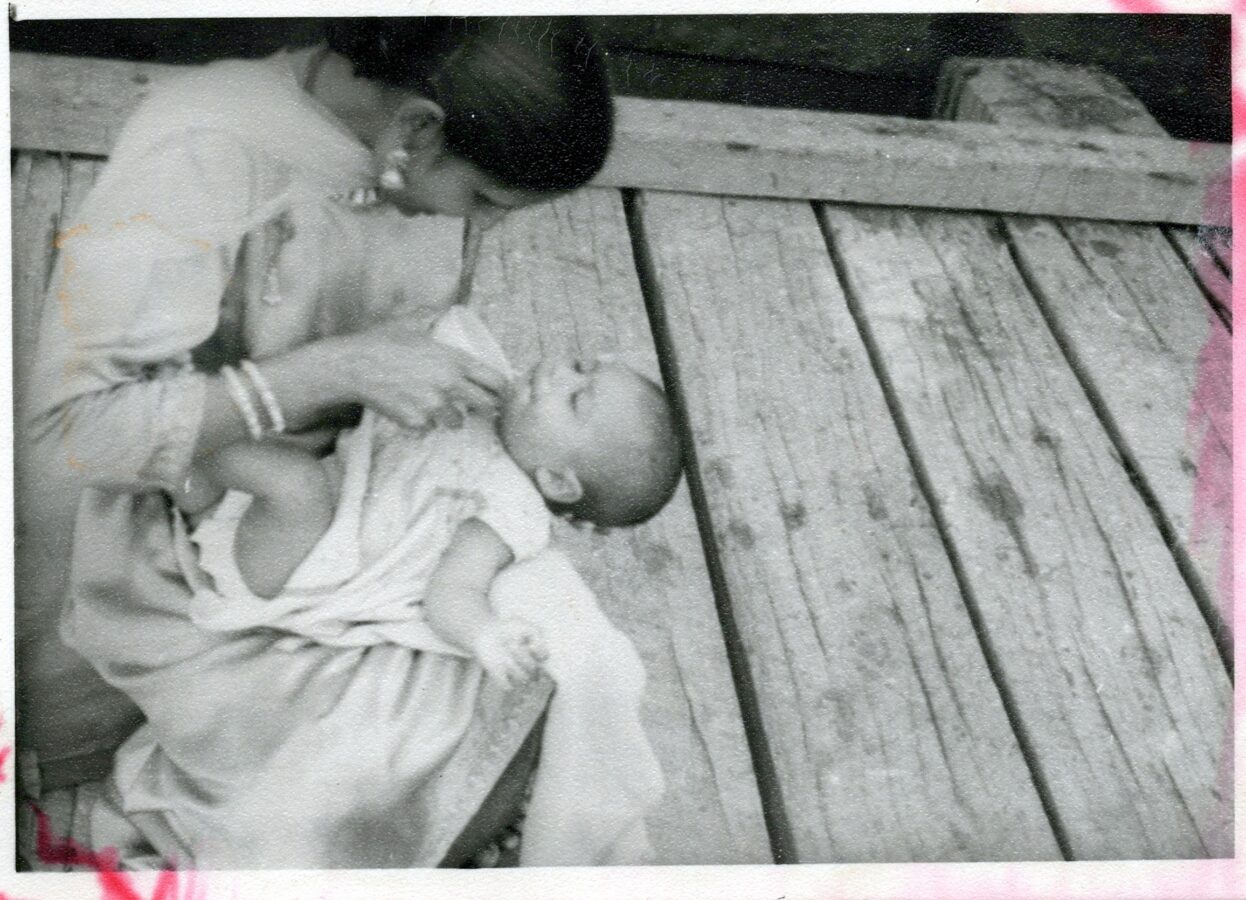
The above photograph was a source of inspiration for the poem, and was taken by Himmat’s father, the late Harchand Singh Shinhat, not too long after Chilloo was born.
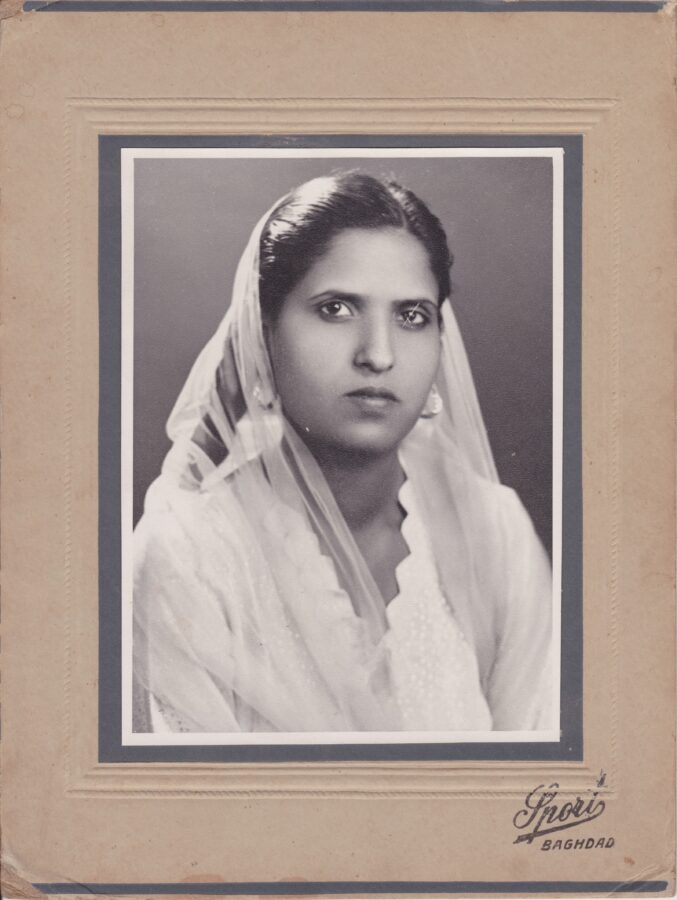
This portrait of Surjit was taken at a photo studio in Baghdad, Iraq. Himmat’s father was working there as a surveyor for various development projects that came in the aftermath of decolonization and before the coup in 1958.
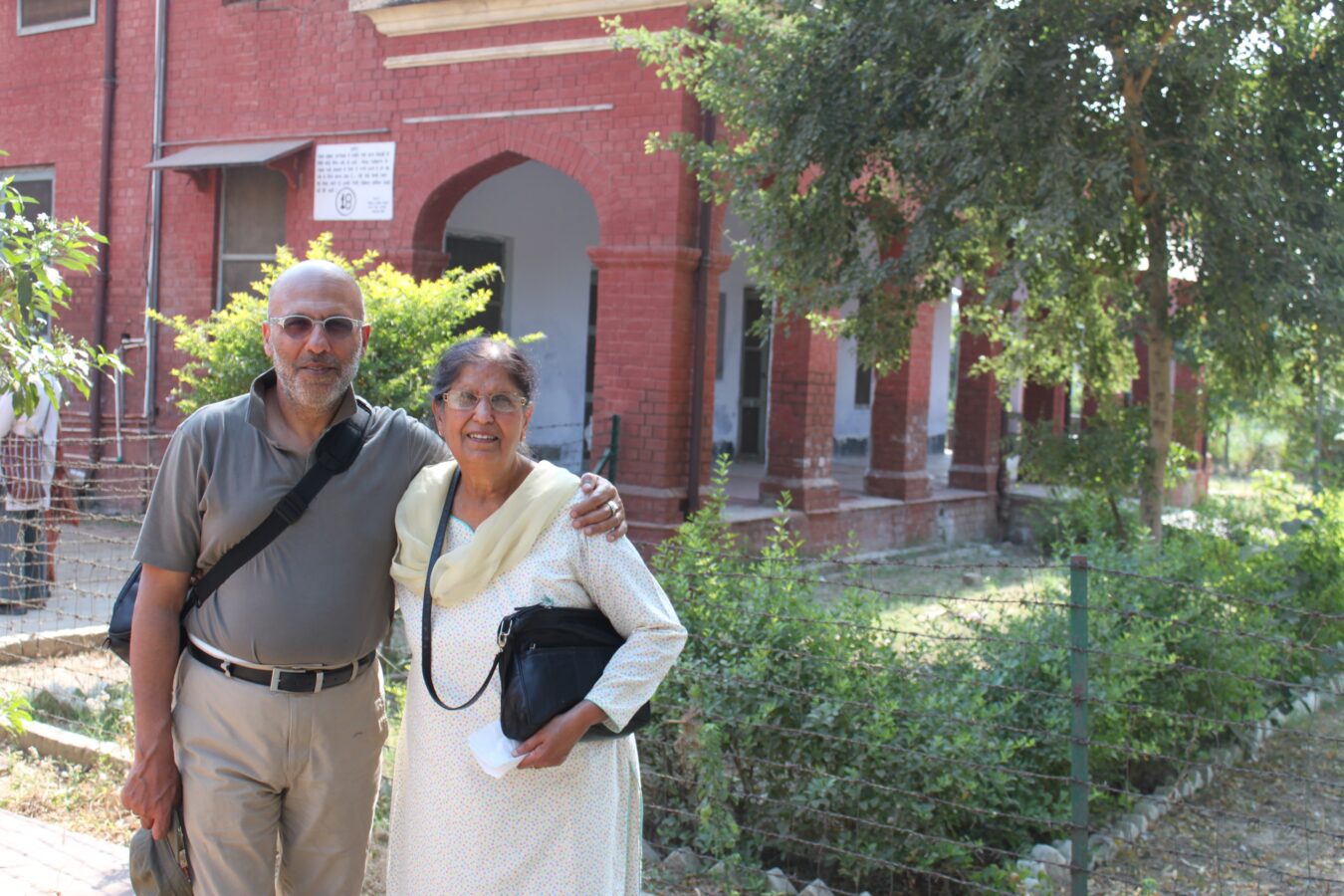
This photograph was taken by Himmat’s partner, René, during a trip to India in 2011.
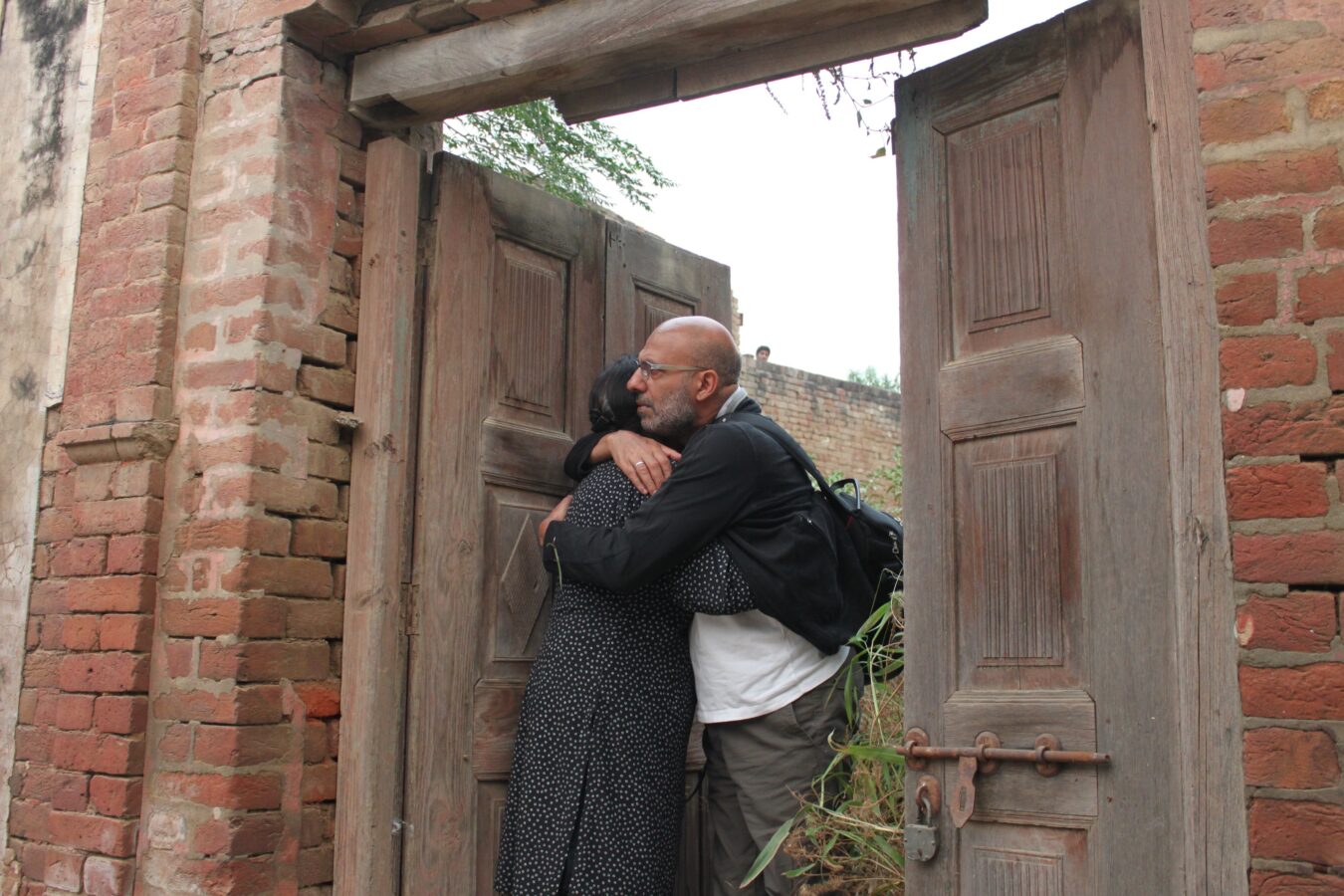
This last photograph was also taken during the trip to India in 2011. One of the reasons for the trip was to find the house that Surjit’s family was forced to abandon in 1947 at the time of Partition. They found the house in ruins, only the four outer walls still standing and the interior a jumble of weeds and bushes growing from the debris. It was a very emotional moment for both of them.
